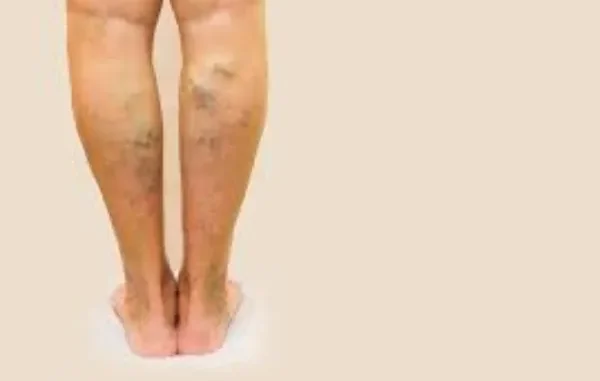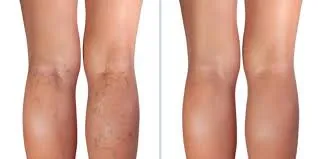
Varicose veins are more than a cosmetic concern—they can cause discomfort, heaviness, and even lead to complications if untreated. If you’ve noticed swollen or twisted veins, seeking guidance for varicose vein treatment in Tucson can help you explore the most effective solutions.
In this text, we’ll cover the causes and symptoms of varicose veins, how they are diagnosed, and the range of treatment options available, from non-invasive procedures to surgical interventions. By understanding these options, you can make informed decisions to manage your vein health and achieve long-term relief.

Understanding Varicose Veins
Symptoms and Causes
Varicose veins develop when the valves within the veins weaken or become damaged. This problem results in improper blood flow, leading to enlarged veins that are often visible just beneath the surface of the skin. Common symptoms include:
- Swollen veins: Notably twisted and bulging.
- Pain and discomfort: A heavy or aching feeling in the legs, particularly after standing for extended periods.
- Skin changes: Discoloration, itchiness, or even ulcers in more severe cases.
- Restlessness: A restless leg syndrome-like sensation that may worsen at night.
Factors that can contribute to the development of varicose veins include:
- Genetic predisposition.
- Age-related changes in vein elasticity.
- Hormonal fluctuations, particularly in women.
- Prolonged periods of standing or sitting.
- Obesity, which adds extra pressure to the veins.
Diagnosis of Varicose Veins
Diagnosing varicose veins typically involves a combination of physical examinations and imaging tests to assess blood flow. When we visit a healthcare professional, they will usually:
- Conduct a physical exam: This involves inspecting the legs while standing to see if varicose veins are present and identifying any other complications.
- Order ultrasound imaging: This painless test uses sound waves to visualize blood flow in the veins and determine if any underlying issues exist, such as deep vein thrombosis (DVT).
- Review symptoms: They’ll also assess our personal and family medical history to identify risk factors.
Non-Invasive Treatment Options
When seeking relief from varicose veins, non-invasive options are often the first line of defense. Here are three popular treatments:
Compression Therapy
This method involves wearing specially designed stockings that help apply pressure to the legs. By promoting better blood flow, compression therapy can alleviate symptoms and prevent further vein enlargement.
Sclerotherapy
Sclerotherapy is a minimally invasive procedure in which a solution is injected into the varicose veins. This solution irritates the vein lining, leading to its closure and eventual absorption by the body. Patients often notice improvements within weeks.
Endovenous Laser Therapy (EVLT)
EVLT uses laser energy to heat and close off varicose veins. This outpatient procedure is less invasive than traditional surgery and has a quicker recovery time. We may notice decreased pain and reduced swelling shortly after treatment.
Minimally Invasive Surgical Procedures
For those seeking more definitive solutions, several minimally invasive surgical procedures can offer significant relief.
Ambulatory Phlebectomy
This involves making small incisions in the skin to remove varicose veins. It’s typically performed under local anesthesia and allows for a swift recovery, making it a popular choice among patients.
Radiofrequency Ablation
In this technique, radiofrequency energy is delivered through a thin catheter, heating the vein walls and causing them to collapse and seal shut. This method is highly effective and requires minimal downtime.
Lifestyle Changes for Prevention and Management
We can also significantly influence our vein health through lifestyle changes. Here are some tips that can help:
- Maintain a healthy weight: Reducing excess weight can ease the pressure on veins.
- Stay active: Regular exercise, especially activities that promote leg movement, helps improve circulation.
- Elevate legs: When resting, elevation can prevent blood from pooling in the veins.
- Avoid prolonged standing or sitting: Frequent breaks and changes in position can reduce the risk of developing varicose veins.
- Wear compression garments: These help support proper blood flow and prevent vein expansion.
Conclusion
Varicose veins are more than just a cosmetic concern: they can significantly impact quality of life. By understanding the symptoms, causes, and treatment options available to us, we can take steps toward long-term relief. Whether we choose non-invasive techniques or surgical interventions, it’s crucial to consult with a healthcare professional to determine the best course of action for our individual needs. With the right approach, we can manage varicose veins effectively and maintain our leg health for years to come.






Leave a Reply